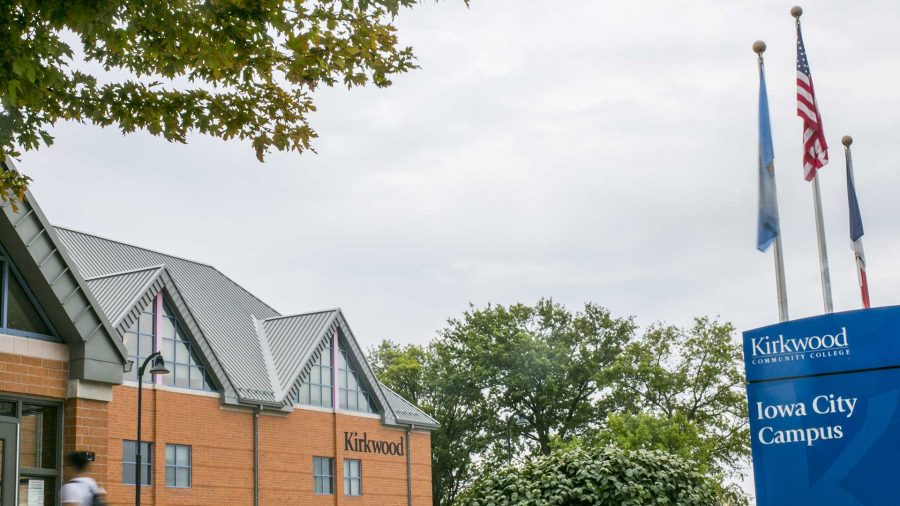Approaching senior year in high school, teenagers are suddenly faced with one of the most difficult decisions they will have to make in their adolescence: what to do after high school.
For some, that decision may not include a four-year degree.
A research paper from the National Bureau of Economic Research, which was originally published in October and garnered media attention recently, said improving trade schools would ultimately be better for the economy than putting focus on four-year universities.
The research said this could improve situations for students from low-income families who may not be able to attend a university, following the decline in blue-collar jobs such as manufacturing.
Each student should make up her or his mind about how to proceed in the higher-education world to reach her or his desired goals, because not every student’s path may fit into a four-year university setting, said David Bills, Departmental Executive Officer for the UI College of Education’s Educational Leadership and Policy Studies (EPLS) Department.
“We should get over the idea that everyone should get a four-year degree,” he said. “Many two-year degrees are good financial investments.”
Attending a vocational school, which would mix apprenticeship-type skills, classroom time, and time in workplaces, would help obtain the skills for a manufacturing job, Bills said.
The skills in the manufacturing sector of the job market are different from what they once were, he said, and employers are finding it harder to find people with the needed knowledge, making vocational schools perfect for these types of jobs. However, Bills said, manufacturing employment is declining.
RELATED: Rural community culture sets up hurdles for attending college
In addition, he said, affordability and access to community colleges and vocational schools should increase in the United States, but vocational schools should be closely monitored. While many provide excellent education, he said, too many are exploitative.
Each student’s path may be a little different, but going on to pursue college education, whether that be in the form of a four-year university or community college, is the best choice for an individual, Bills said.
Justin Hoehn, associate director of marketing and communication at Kirkwood Community College, said a stigma does unfortunately exist for two-year institutions.
“It’s been driven into people to attend a university before entering the workforce,” Hoehn said.
With the climbing amount of student debt and different types of jobs popping up, though, two-year institutions offer a good fit for many, he said. Less time and money are spent on one’s education at a community college than a university, he said, and a greater amount of involvement is able to happen because of a smaller-school setting.
UI senior Janessa Davis, who attended Kirkwood before transferring to the UI, said attending a community college greatly helped prepare her for the jump to a bigger university. It allowed her to work closely with staff members and receive more personalized attention in smaller class sizes, she said.
“They want to help you and keep up with your success [at Kirkwood],” Davis said. “Going to Kirkwood was a way for me to go to school away from home and save money instead of just going to a big university.”
State support for higher education has driven up the price of four-year universities, Bills said, among other factors.



